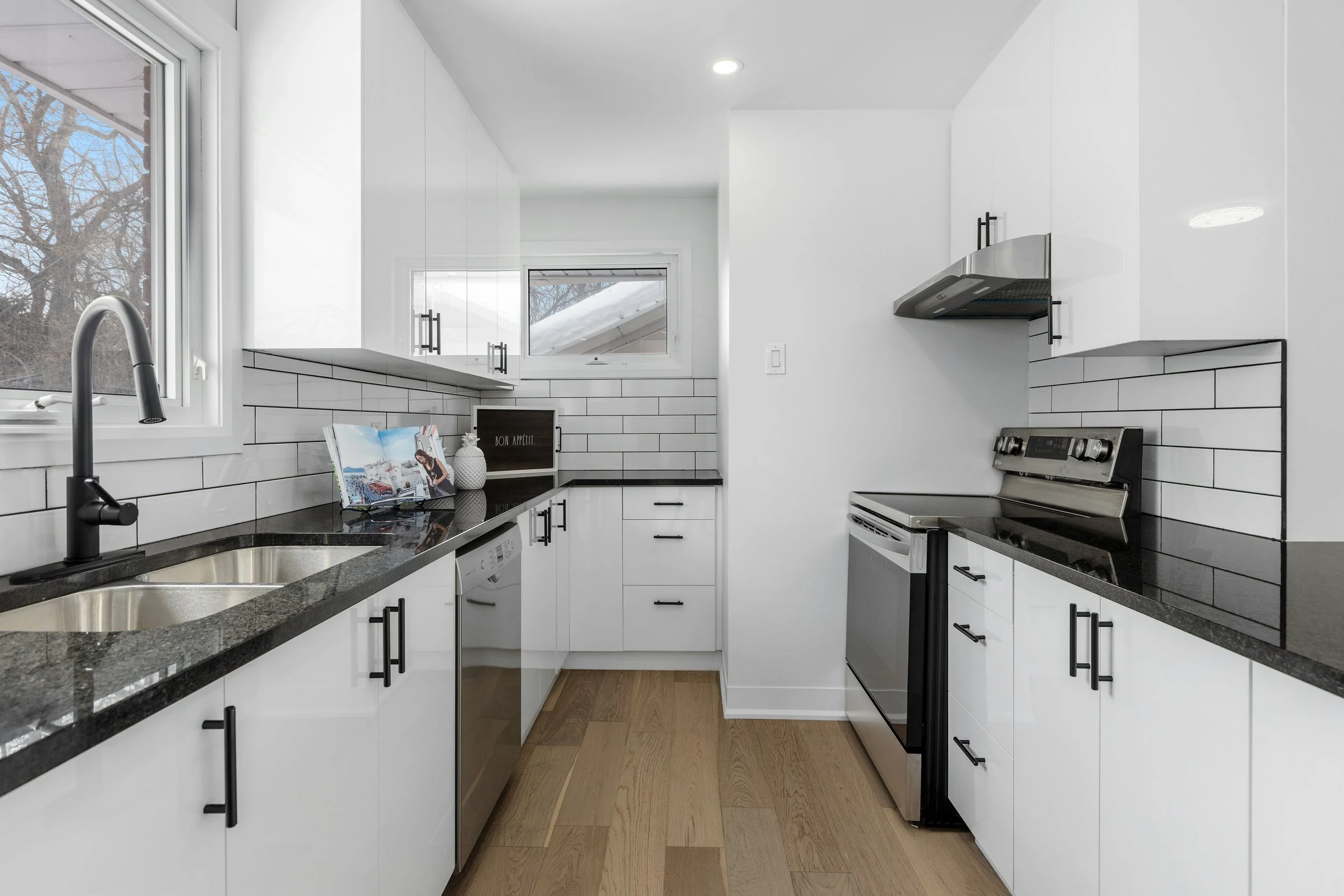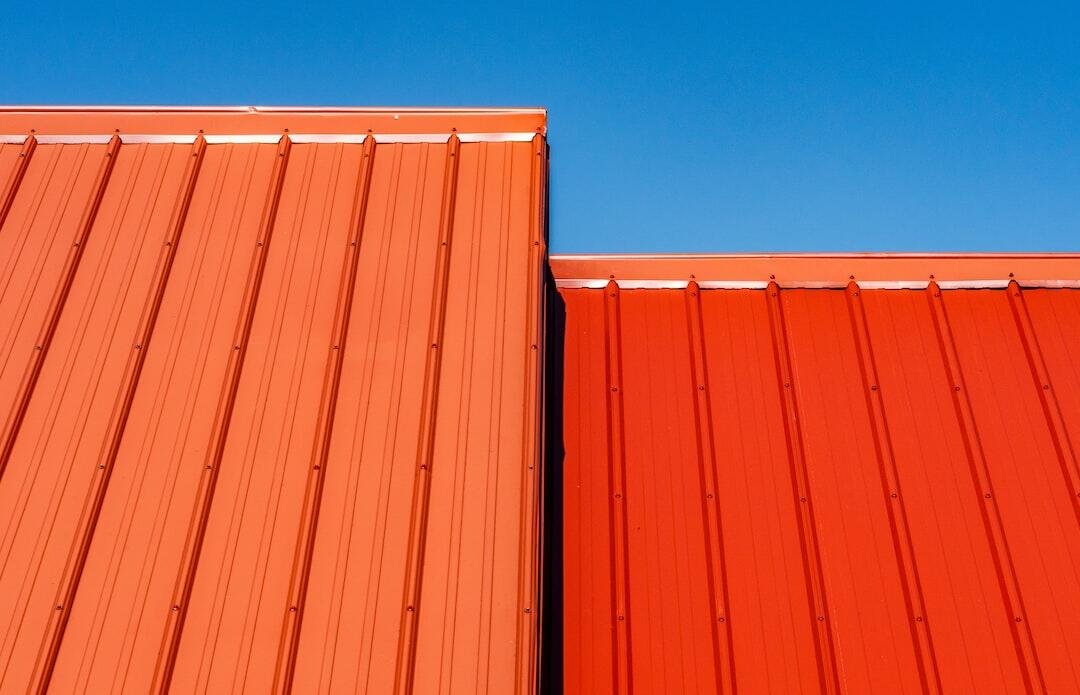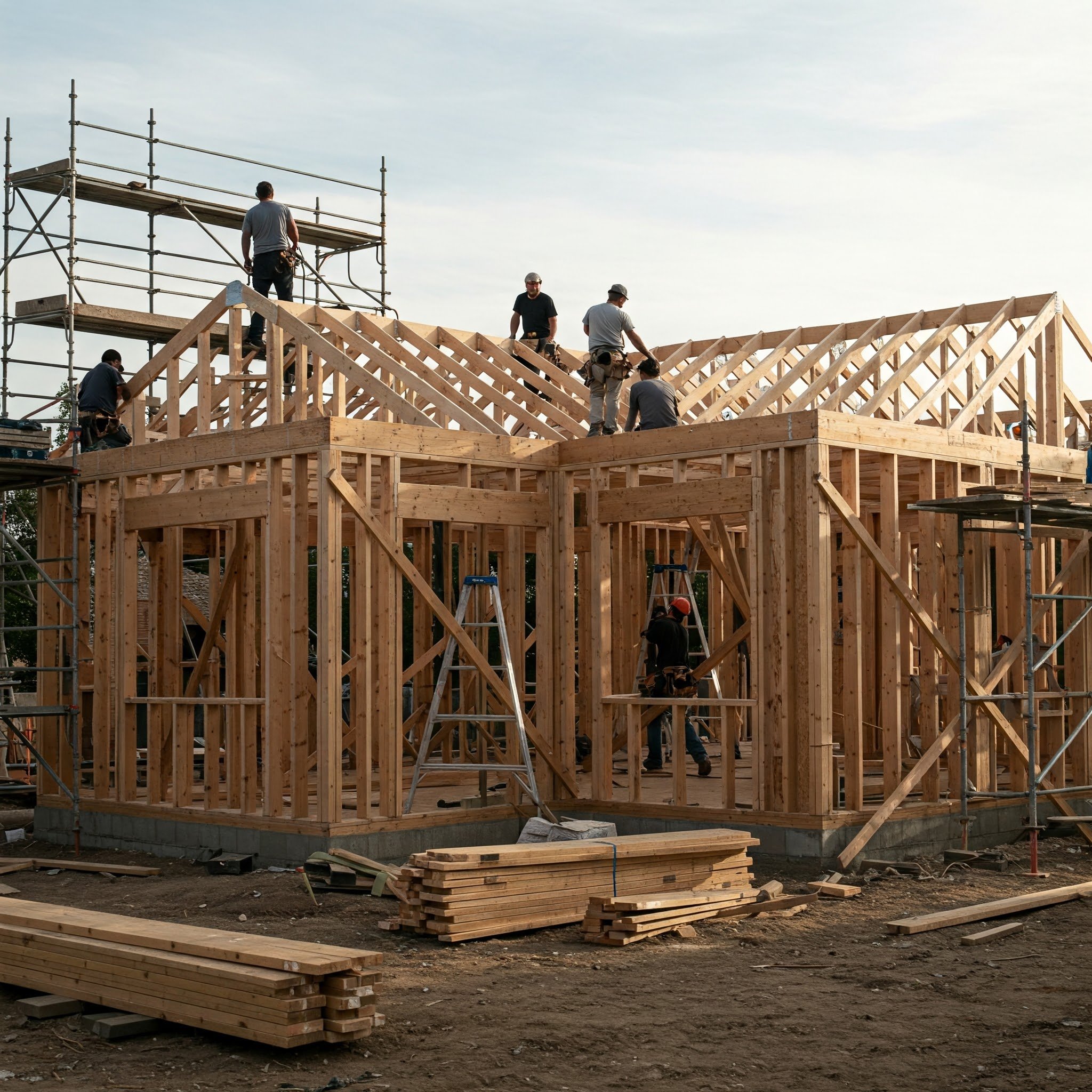The Role of Silestone Countertops in Modern Sustainable Design
Explore how Silestone countertops contribute to modern sustainable design with their eco-friendly materials, durability, and stylish appeal.
In the realm of modern kitchen and bathroom design, sustainability has risen to the forefront of consumer and designer priorities alike. Silestone countertops, a product of technological advancement in the engineered stone industry, stand out not only for their aesthetic appeal and durability but also for their contributions to sustainable home design. This article explores the role of Silestone countertops in modern sustainable design, shedding light on why they are increasingly preferred in eco-conscious home renovations.
What is Silestone?
Silestone is a manufactured material made primarily of natural quartz, one of the hardest minerals known to man. This composition is enhanced with other raw materials to improve its durability and aesthetic qualities. The result is an engineered stone that is highly resistant to scratches, stains, and heat. Silestone's versatility allows it to be used in a variety of design applications, from kitchen countertops and bathroom vanities to flooring and wall siding.
Sustainability in Material Composition
The core component of Silestone, quartz, is abundantly available, which ensures that its extraction has a lower environmental impact compared to materials that are scarce or mined in destructive ways, such as certain granites or marbles. Furthermore, the production process of Silestone involves the use of recycled materials, such as glass and previously used quartz, which helps in reducing waste and promoting the recycling industry.
Durability and Longevity
One of the most significant contributions of Silestone to sustainable design lies in its durability. Countertops that need to be replaced frequently contribute to waste and increase the demand for raw materials and energy consumption associated with manufacturing new products. Silestone's high resistance to scratching, chipping, and staining means that it can maintain its appearance and functionality for decades, outlasting many natural stone counterparts. This longevity reduces the need for frequent replacements, thus contributing to a reduction in resource depletion and waste generation.
Low Maintenance Requirements
Silestone countertops do not require the frequent application of chemical sealants or treatments that many natural stones do. This not only reduces the exposure of households to potentially harmful chemicals but also lessens the environmental impact associated with producing and disposing of these substances. Additionally, the ease of cleaning Silestone—usually needing only soap and water—eliminates the need for harsh cleaners, further reducing the chemical footprint of a household.
Energy Efficiency in Production
The manufacturing process of Silestone by Cosentino, the company behind Silestone, is aimed at minimizing energy consumption. Modern manufacturing facilities use advanced technologies to capture and reuse water and reduce energy use. These facilities are often powered by renewable energy sources, which further decreases the carbon footprint of Silestone products.
Contribution to Healthier Indoor Air Quality
Silestone is a non-porous material, which means it does not harbor bacteria or viruses. This property makes Silestone an excellent choice for environments where hygiene is a priority, such as kitchens and bathrooms. Furthermore, Silestone is certified for low volatile organic compound (VOC) emissions, which contributes to better indoor air quality. Low VOC emissions ensure that the air inside homes is safer and cleaner, which is a crucial aspect of sustainable living environments.
Aesthetic Versatility
Silestone offers a wide range of colors and textures, which mimic the appearance of natural stone and other designer materials. This aesthetic versatility means that Silestone can be used in various design schemes, from ultra-modern kitchens to more traditional spaces, without compromising on style. The ability to integrate Silestone seamlessly into any decor helps ensure that designs remain timeless, thus reducing the need for future renovations and the associated environmental impact.
Closing Thoughts
Silestone's role in modern sustainable design is rooted in its innovative composition, its contribution to healthier living environments, and its commitment to durability and energy efficiency. By choosing Silestone countertops, homeowners and designers not only enhance the beauty and functionality of their spaces but also contribute positively to the broader goals of sustainability and environmental responsibility. As we continue to move towards a more sustainable future, materials like Silestone stand out as prime examples of how technology and thoughtful design can come together to reduce our ecological footprint.






























